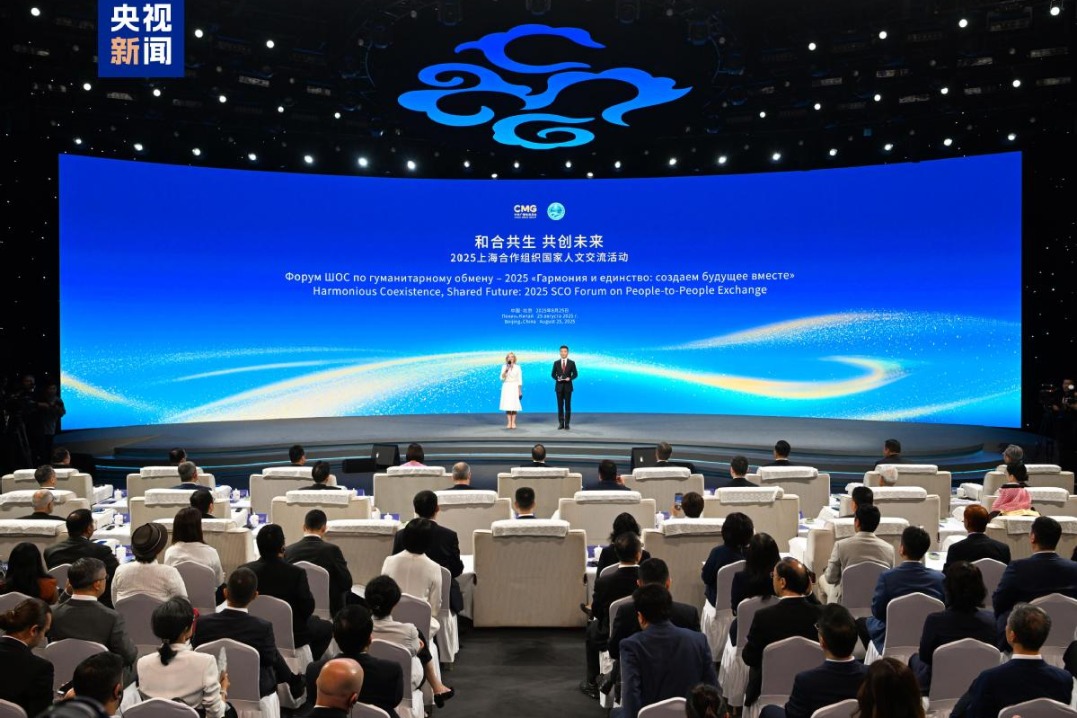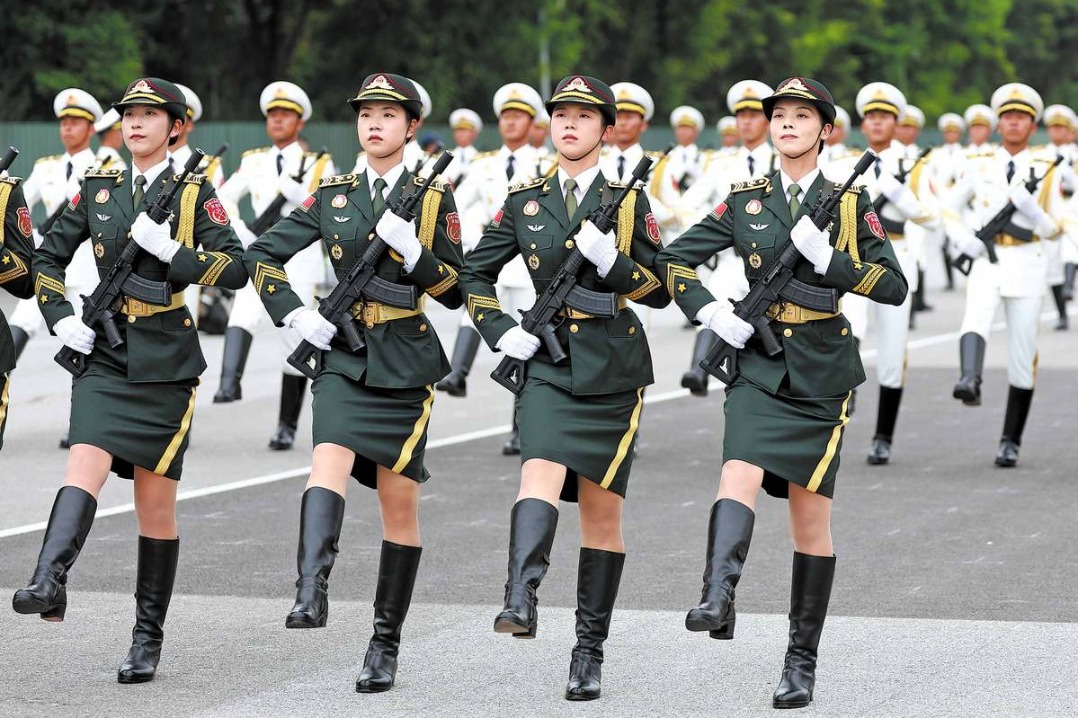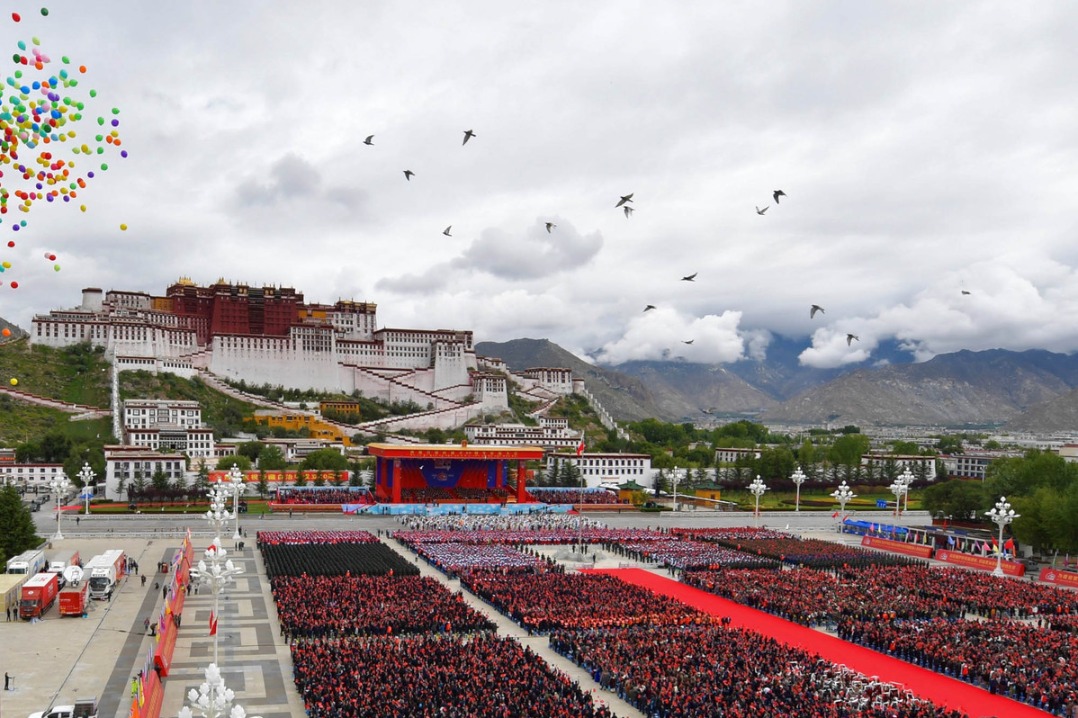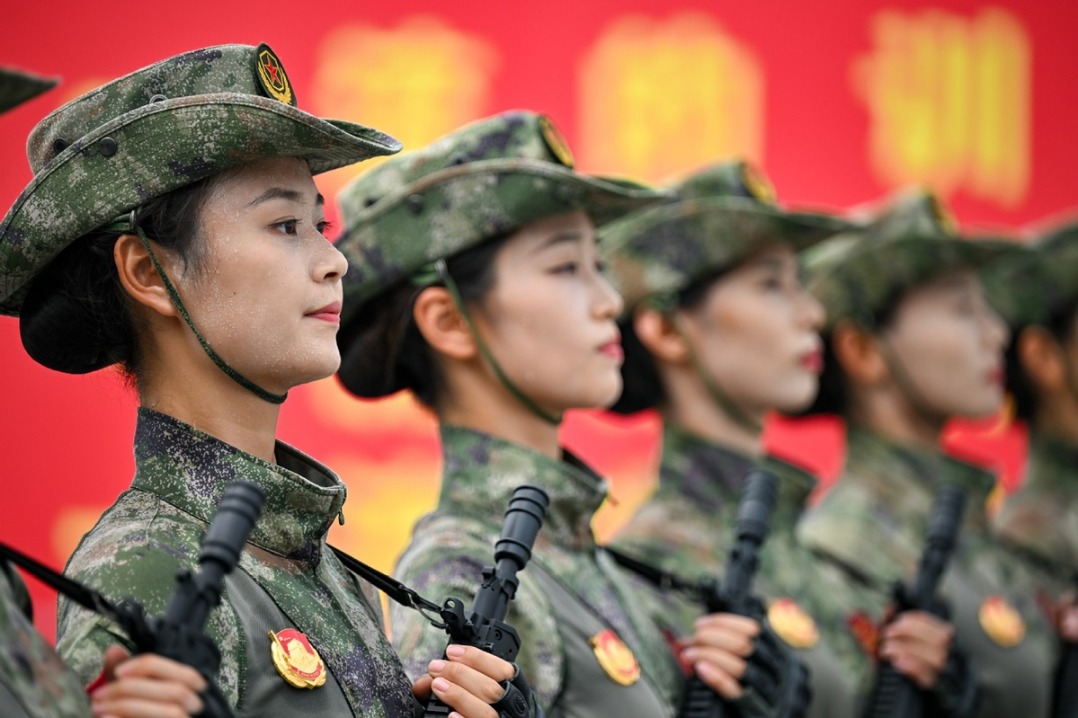Military drills against regional consensus: China Daily editorial

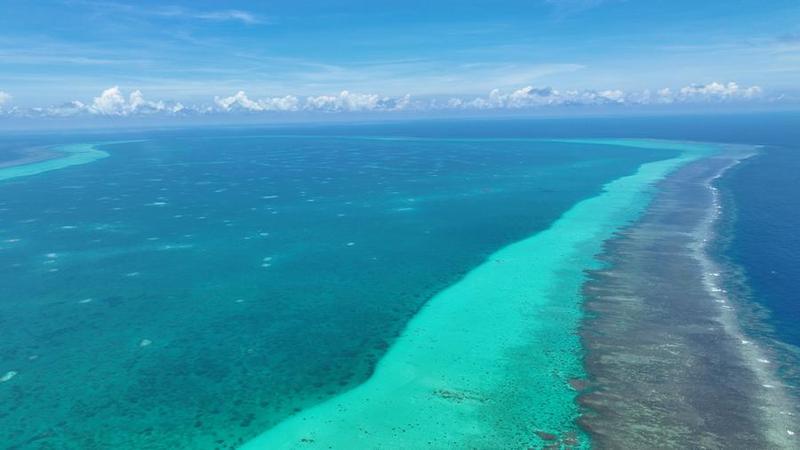
Multiple countries have maritime disputes in the South China Sea. But only the Philippines is intent on making its dispute with China a potential flash point, mistakenly believing that the shows of support it gets guarantee security rather than mishaps.
In the latest such display, 3,600 troops from the Philippines and Australia, as well as a Canadian Navy contingent and the US Marines, have been conducting exercises in the South China Sea. The 15-day drills, called Alon, a Filipino word for "waves", which conclude on Friday, are anything but what they are claimed to be, as rather than defending peace and prosperity in the region, they only raise tensions by stirring waves in what would otherwise be placid waters.
The largest joint drills to date involving Philippine and Australian forces seem intended to embolden the Philippines to not fear any countermeasures against its dangerous provocations in waters near China's Huangyan Island.
For the same purpose, two days before the drills, the US Navy deployed a guided missile destroyer and a littoral combat ship that sailed about 30 nautical miles (55 kilometers) from the Huangyan Island in what it called a "freedom of navigation operation".
That the Alon exercises mainly include amphibious and land operations as well as live fire exercises indicates their offensive nature, rather than the defensive rationale the participants claim.
With some Philippine politicians still in an apparently uneasy state after the country's recent provocation toward China, the current exercises seem to have served to calm their nerves and instill a new rashness in them, which is exactly why the "make-waves" joint exercises were arranged on such a large scale.
Like a mischievous boy who sets fire to a haystack trembling at the thought of punishment, only to itch to do it again once his big brothers douse the flames, it seems Manila will continue with its incitements. Philippine Navy spokesperson Roy Vincent Trinidad claimed that the Philippines aims to increase the frequency of its joint drills with foreign partners, misleadingly stressing such activities aim to "deter China's aggression" in the South China Sea.
The whole region, including Australia, is well aware that it is the Philippines under the Ferdinand Marcos Jr government that has thrown itself to the embrace of the US, enthusiastically acting as a pawn of Washington in the South China Sea to advance the China containment strategy of the US.
The Marcos government should know that the reason why the waters can still maintain the current basic peace and stability despite its repeated provocations is not because of the US' "protection", but because China has exercised remarkable strategic restraint in the face of the Philippines' affronts.
What the US and other countries that are not parties to the South China Sea disputes bring to the region is not protection, but destabilization.
The US and its allies are attempting to establish reliable regional strategic anchors and footholds for their containment of China. That explains why during Marcos' recent visit to the Pentagon, both he and his US hosts stressed the Philippines' unique strengths in its geopolitical location overlooking the South China Sea to its west and the south of the Taiwan Strait to its north.
This will enable the US military to make a light-front, heavy-back operational deployment in wartime, as the People's Liberation Army Daily said in an analysis of the Alon exercises. Although the Philippines and Australia are being pushed to the front, it is the US that is the puppet master behind them.
China has always remained open to settling the maritime dispute with the Philippines, as well as any other claimant parties, through dialogue and negotiation. But it will resolutely protect its sovereignty and territorial integrity, and core interests.
Acting against the regional stability, the Philippines is intent on transforming the South China Sea from a sea of peace, friendship and cooperation into one of suspicion, hostility and conflict. That should be opposed by all regional countries.
























